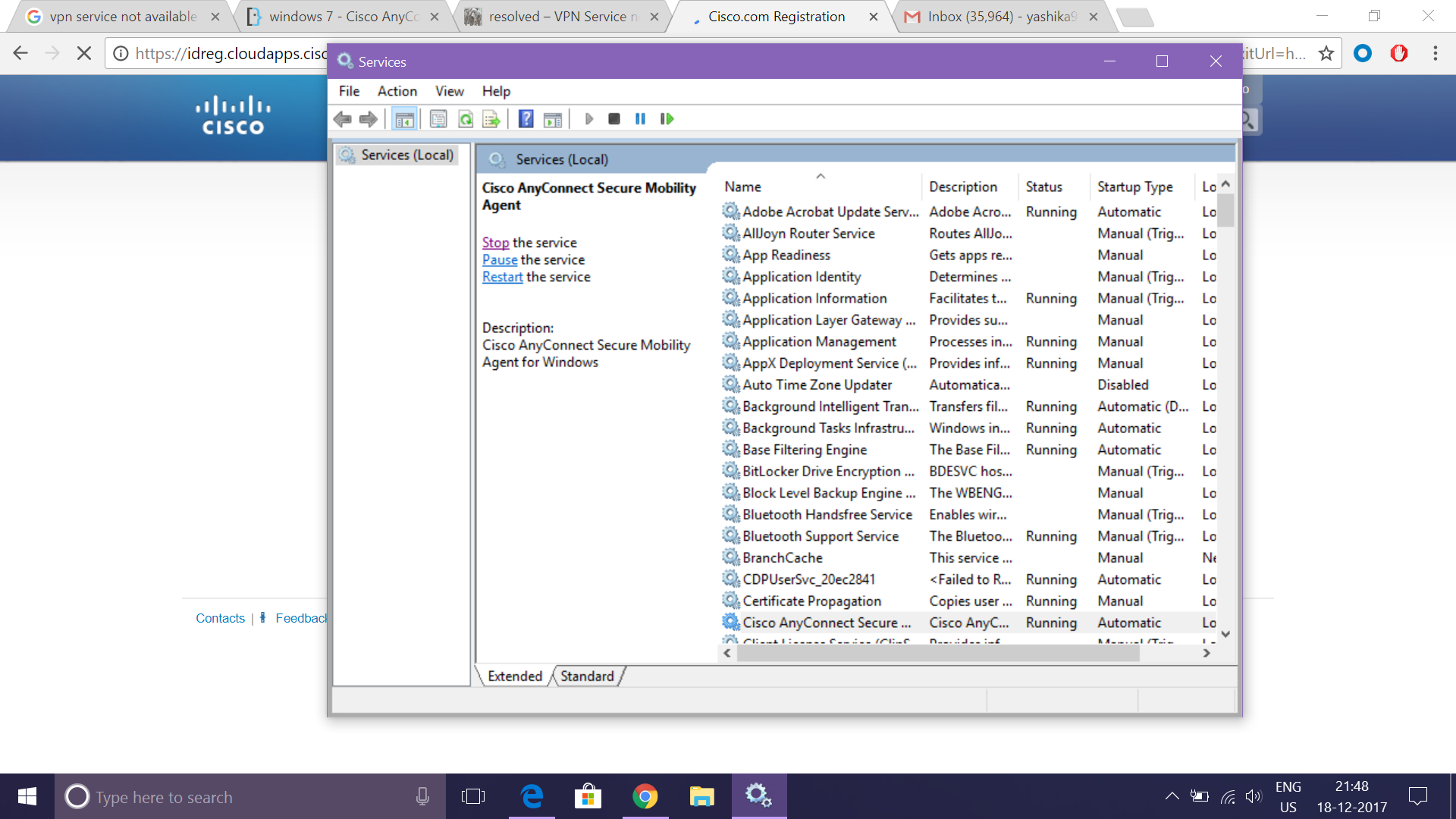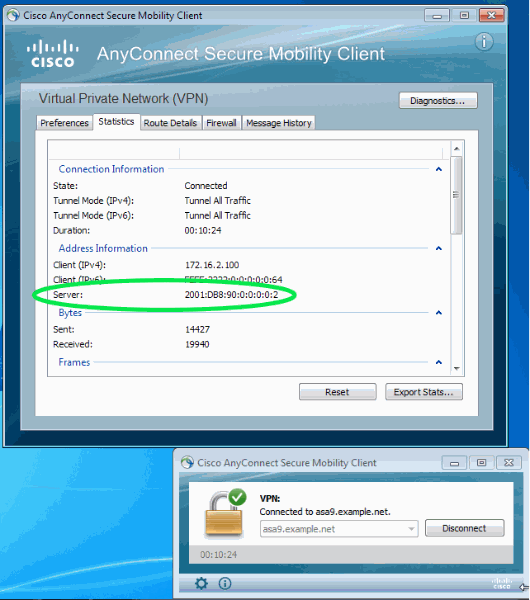- Cisco Anyconnect Windows 7
- Cisco Anyconnect 4.8 Download Windows
- Cisco Anyconnect Windows 10 Compatibility
Topics Map > Networking > Virtual Private Networking (VPN)

This article covers installing Cisco AnyConnect on a Windows computer with a University of Minnesota profile built in. If you are looking for instructions for how to install AnyConnect on a Mac, see Downloads & Guides: Install AnyConnect VPN for macOS. Download the Cisco AnyConnect VPN for Windows installer. Double-click the InstallAnyConnect.exe file. When a message saying the Cisco AnyConnect client has been installed, click OK. Connect to the Stanford VPN. Launch the Cisco AnyConnect Secure Mobility Client client.


When attempting to open the VPN client, the following error messages may result: 'Failed to load preferences,' or 'The VPN client failed to launch the client user interface application.'
Cisco Anyconnect Windows 7

Since AnyConnect integrates well with other Cisco products, this data is easily sharable across platforms. Where can you run Cisco AnyConnect? Cisco AnyConnect Secure Mobility Client is available for multiple operating systems and versions. For instance, you can use the tool on Windows 7, Windows 8, Windows 10, Mac OS, and Linux.
Cisco Anyconnect 4.8 Download Windows

Cisco Anyconnect Windows 10 Compatibility
It appears that there may be corrupt preference files. If there is more than one user account on the computer, it is suggested to remove the files for each user account.
Since there are hidden files you will need to follow the instructions in Section A, then proceed to instructions in Section B below.
Section A
Windows 10 - Instructions to reach hidden files.
1) Access the Control Panel
2) Type 'folder' into the search bar and select 'File Explorer Options'
3) Then, click on the View tab at the top of the window
4) Under Advanced Settings, locate 'Hidden files and folders...'
5) Then, click on 'Show hidden files, folders, and drives'
5) Click on OK
6) Hidden files will now be shown when performing searches in Windows Explorer
Windows 8 - Instructions to reach hidden files.
1) Access the Control Panel
2) Type 'folder' into the search bar and select Show hidden files and folders
3) Then, click on the View tab at the top of the window
4) Under Advanced Settings, locate 'Hidden files and folders...'
5) Click on OK
6) Hidden files will now be shown when performing searches in Windows Explorer
Windows 7 - Instructions to reach hidden files.
1) Open Folder Options by clicking the Start button, Clicking Control Panel, clicking Appearance and Personalization, and then clicking Folder Options.
2) Click the View tab
3) Under Advanced Settings, click Show hidden files and folders, and then click OK
Section B
Windows 7, 8, & 10
1) Go to: C:ProgramDataCiscoCiscoAnyConnect Secure Mobility ClientProfile
2) Delete all the files in this folder
3) Go to: C:UsersUsernameAppDataLocalCiscoCisco AnyConnect Secure Mobility Client
4) Delete preferences.xml
5) Right click the Cisco icon in system tray and quit Cisco AnyConnect
6) Launch the VPN after deleting everything, put vpn.illinois.edu in the server window and use your NetID and password to log in via the 'Split Tunnel' profile. If you are planning to use Library resources you might need to use 'tunnel all'.
